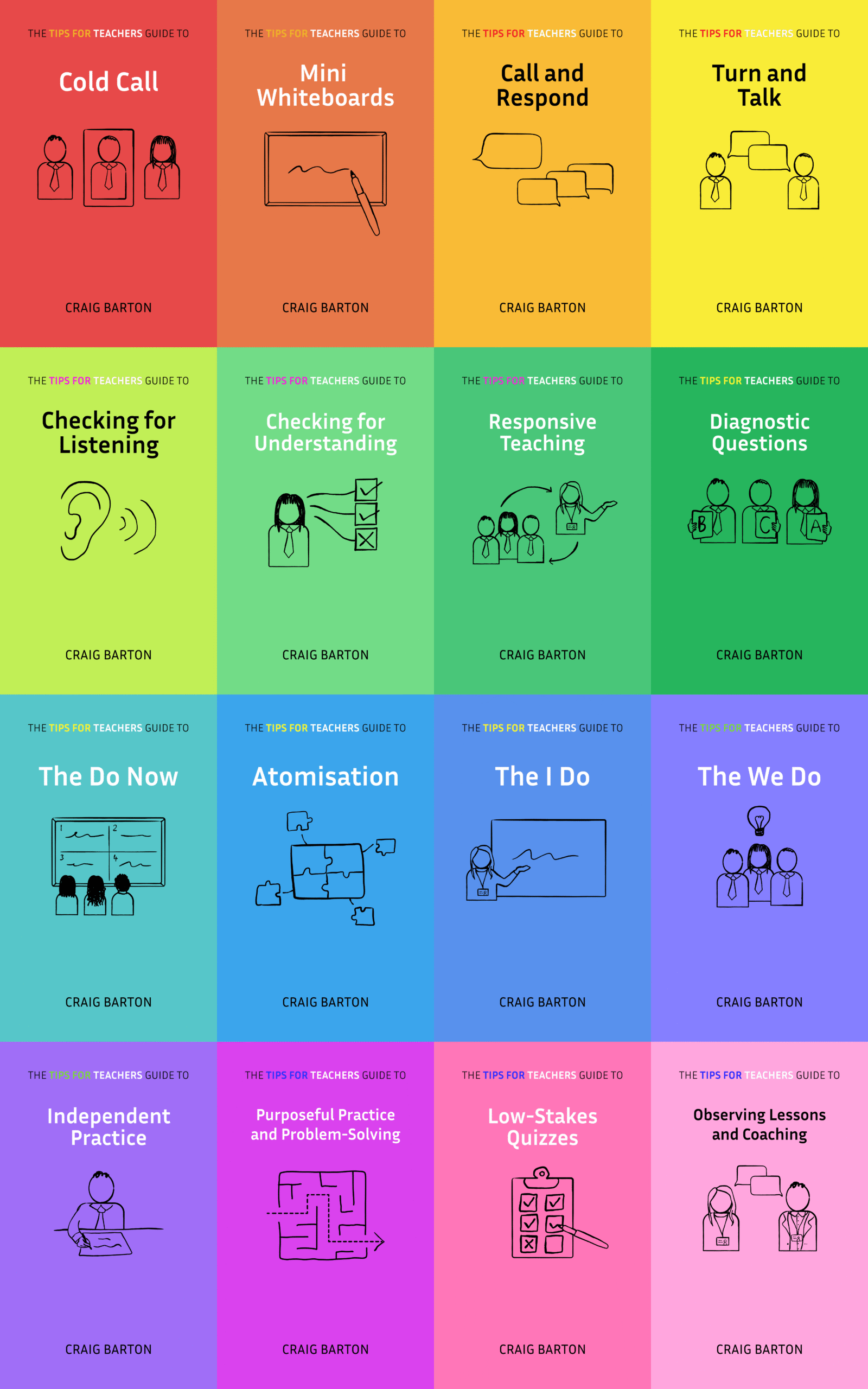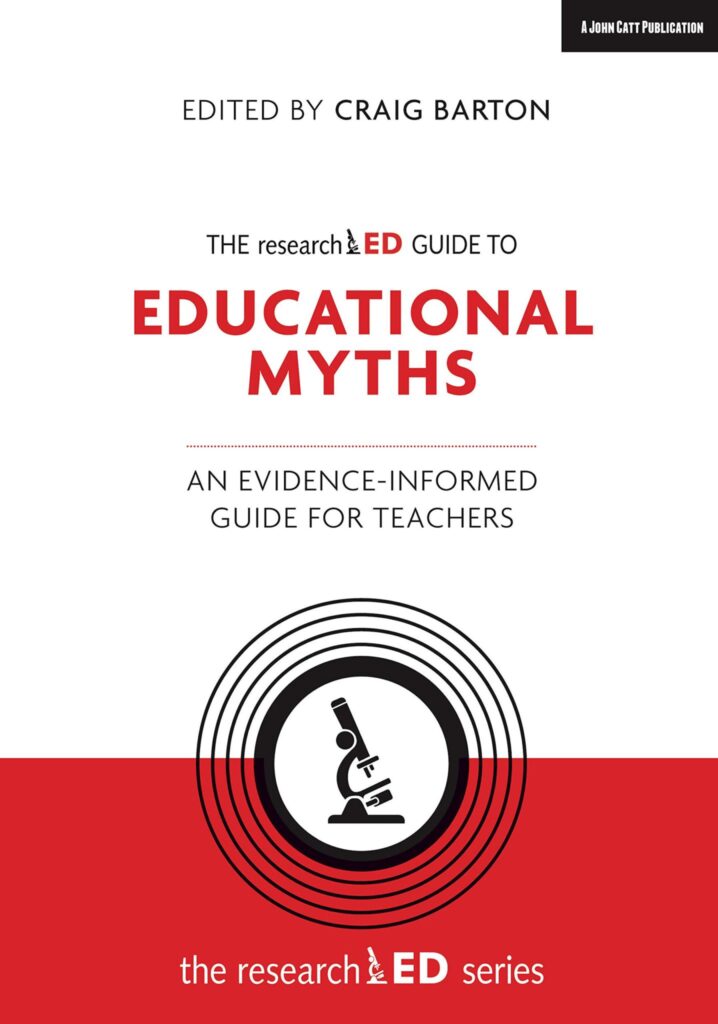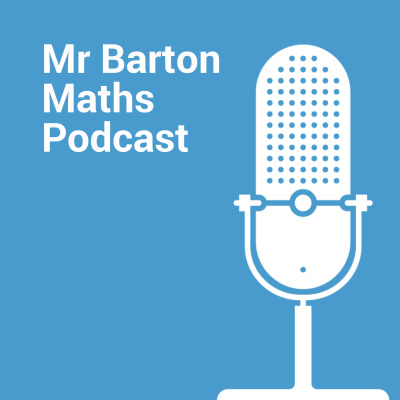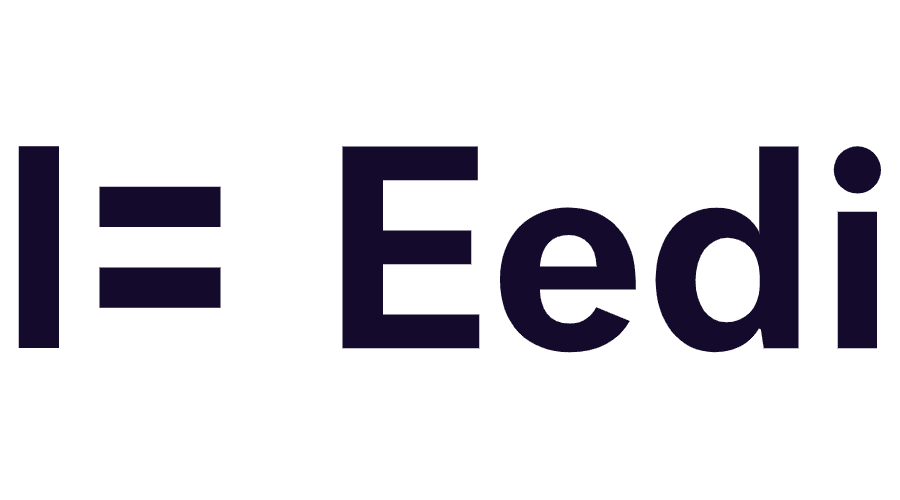Summary
This YouTube transcript discusses the importance of accurate checking for understanding in education. The speakers analyze a teacher’s lesson where a hint was given before assessing students’ prior knowledge of order of operations, arguing this compromised the validity of the assessment. They contend that providing support after checking for understanding yields more reliable data on student comprehension and allows for more effective targeted instruction. The conversation also explores the trade-offs between retrieving prior knowledge independently versus providing hints to facilitate lesson flow. Ultimately, the speakers advocate for minimizing teacher input before assessments to maximize the accuracy of evaluating student learning.
What are the implications for teachers?
The sources discuss several implications for teachers regarding checking for understanding, particularly in the context of activating prior knowledge or prerequisite knowledge. Here’s a breakdown of those implications:
- Avoid giving hints before checking for understanding: Teachers often provide hints or scaffolds before checking for understanding, which can reduce the validity of the check. It is important to know where students are at, without hints. For example, in the scenario described in the video, the teacher gave a hint about “hidden brackets” before students attempted the question. This made it difficult to assess whether the students truly understood the concept.
- Shift support after the check: Instead of giving hints upfront, teachers should first ask the question and allow students to respond. If there is confusion, hints, explanations, and modeling can be provided afterward.
- Low-stakes environment: The check for understanding should occur in a low-stakes environment where students are not afraid of making mistakes. This encourages participation and helps the teacher see where students are genuinely at. The teacher in the example had already created such an environment.
- Boost retrieval: When students retrieve information themselves without hints, it can increase the storage strength of that memory.
- Consider the purpose of the activity: The purpose of the activity should be taken into account. If the goal is to prepare students for the lesson, providing a hint before checking for understanding may be acceptable to quickly bring them up to the necessary level. However, if the goal is to assess understanding of a concept taught in the lesson, hints should be avoided.
- Empower students: After the check for understanding, teachers can empower students who got the question right by asking them to explain their answers.
- Reteach if necessary: If the prerequisite knowledge is core to the lesson, teachers may need to reteach it after the check for understanding, even if students got the answer correct. This ensures that all students have a solid understanding of the key principles. For example, after getting the correct answer, the teacher should reinforce the concept of “invisible brackets” since that was fundamental to the lesson.
- Question quality: The quality of the questions themselves may need to be reviewed. In the video example, the question about order of operations with hidden brackets, may have been problematic, because students might get the correct answer even without understanding “invisible brackets”.
The video suggests that these changes do not require a significant change in lesson planning, but rather a shift in the order of actions during instruction.
View all of Ollie Lovell’s videos:
Click in the top-right corner of the image below to select your video!








